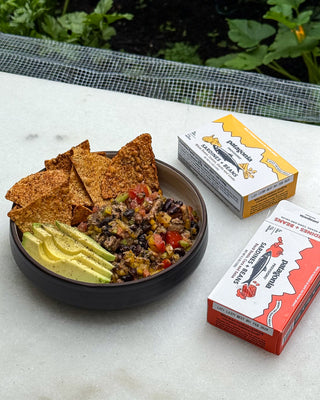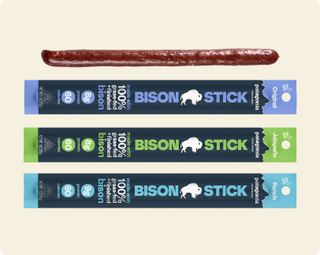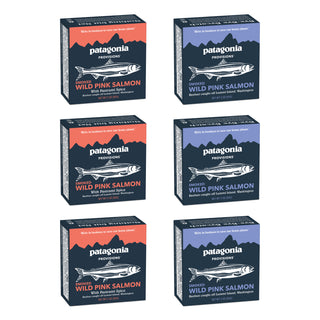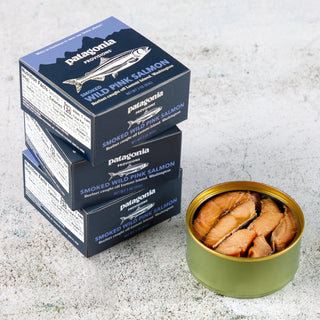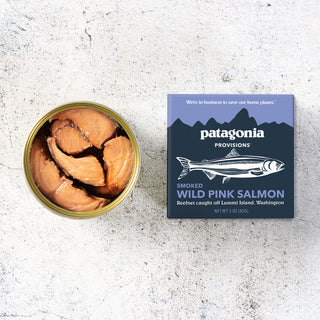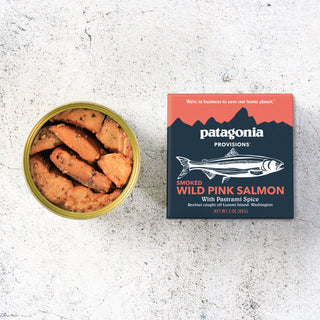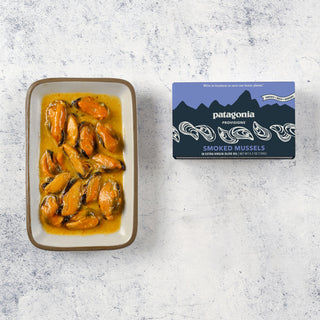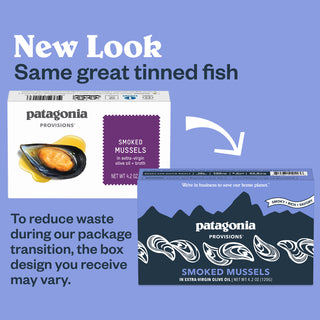In the world of nutrition news, omega-3 fatty acids grab a lot of headlines. There’s still much to discover about these intriguing nutrients, but multiple studies suggest that omega-3s can lower your risk for a range of serious health problems, including cardiac disease and Alzheimer’s.
Luckily, foods high in omega-3s also happen to be delicious. Rich, flavorful fatty fish rank at the top of the list, but omega-3 foods include plants, too.
How Many Omega-3s Do You Need?
As for how many omega-3s we ought to take in daily, no single official recommendation exists, but respected organizations like the World Health Organization and the USDA say that 250–500 mg of combined DHA and EPA is plenty for healthy adults.
Foods High in Omega-3s
Estimates for omega-3 content can vary wildly, depending on the source. We relied on figures from the National Institutes of Health and from the USDA FoodCentral database. To drill down into the omega-3s of any food, visit the USDA’s sub-databases for ALA content, DHA content and EPA content, organized by food name.
You may have heard that grass-fed beef and omega-3 eggs have omega-3s too, and they do—but only a fraction of what’s in fatty fish and shellfish. Also, the amount of omega-3s in any fish will vary somewhat, depending on its environment and diet.
Seafood Sources of Omega-3s
Omega-3 content: about 1000 mg DHA+EPA per 3-oz serving (cooked)
Small but meaty, Atlantic mackerel make a great sub for tuna in sandwiches and salads. Like sardines, these mackerel are low on the ocean food chain and safe to eat often. Plus, when you eat these small fish, you help ease the pressure on larger, overfished species like tuna.
Wild Salmon
Omega-3 content: at least 1600 mg DHA+EPA per 3-oz serving (cooked)
Wild salmon harvested right before they enter their home rivers to spawn can have even higher levels of omega-3s. That’s because they pack on layers of fat to fuel their arduous journeys. Also, you’ll probably eat more than 3 ounces as a serving (the size of a small deck of cards).
Avoid farmed salmon raised in open net pens. They can be diseased and also have higher levels of toxins like polychlorinated biphenyls (PCBs), industrial chemicals that were banned in the 1970s but linger in our environment.
Herring
Omega-3 content: about 1700 mg DHA+EPA per 3-oz serving (cooked)
In the United States, Scandinavia and Eastern Europe, herring is often pickled (fantastic with sour cream on crunchy toast). In Great Britain, the traditional way to eat herring is smoked—aka kippered—for breakfast.
Sardines
Omega-3 content: about 1200 mg DHA+EPA per 3-oz serving (canned with tomato sauce)
These delicious little fish are generally canned whole, with bones, so they have large amounts of calcium as well as omega-3s. Sardines and other fatty little fish don’t have the high levels of mercury and other toxins found in larger predator fish like tuna and swordfish, making them safer to eat.
Anchovies
Omega-3 content: about 600 mg DHA+EPA per 1-oz serving (salt cured, canned)
Tiny salt-cured, brownish-gray, strong-tasting anchovy filets are indispensable in salad dressings (especially Caesar) and on pizza, and in condiments like Worcestershire sauce and, well, fish sauce. Anchovies that are canned without the salt cure, like Spanish White Anchovies, have a much milder, fresher flavor – so you can eat them as a whole ingredient rather than a seasoning, and get even more omega-3s (800 mg per 4.2-oz can).
Oysters
Omega-3 content: about 720 mg DHA+EPA per 3.5-oz serving (6 medium oysters in the shell)
If you’re an oyster lover, you know you’ll eat a dozen. In addition to omega-3s, oysters are full of other essential nutrients, like zinc, copper, and a whopping amount of vitamin B12 (575% of the Daily Value). Tip for first-time oyster eaters: choose the smallest one you can find, and don’t chew.
Mussels
Omega-3 content: about 660 mg DHA+EPA per 1-lb serving (20-25 mussels in the shell)
Because mussels, like oysters, feed directly on phytoplankton, they don’t deplete other fish. That makes them a reliably sustainable source of omega-3s, and ocean farmers like Bren Smith are developing entire regenerative ecosystems using mussels. These mollusks are promising on the nutrition front, too: a British study in the journal Nutrients found that just two weeks of eating mussels three times a week raised DHA and EPA levels in young, healthy adults.
Plant Sources of Omega-3s

Omega-3 content: about 2,700 mg ALA per 1⁄4 cup (shelled walnuts)
A baker’s staple, and great to eat by the handful as a snack, walnuts have more omega- 3s than any other nut by far. Of course they’re great in cakes, cookies and breads, but throw them into salads, too, and rice pilafs. Toasting walnuts until medium golden makes them infinitely more flavorful.
Flax seeds
Omega-3 content: about 2,350 mg ALA per tablespoon of whole ground seeds
These shiny, smooth brown or golden seeds come from the flax plant, whose fibershave been used to make linen cloth for hundreds of thousands of years. Grind the seeds before you eat them—that releases their nutrients and makes them digestible. Once ground, the meal should be refrigerated, because the high oil content makes it go rancid fast. Add ground flaxseed to smoothies or yogurt bowls as an easy way to boost your omega-3s.
Chia seeds
Omega-3 content: about 2,150 mg ALA per tablespoon
Tiny black chia seeds—yes, the same kind used to grow chia pets in the 1980s—also have super-high amounts of ALA. They don’t need to be ground, and if added to liquid (even liquidy yogurt), smoothies or overnight cereal recipes, they have a magical and pleasing thickening effect.
Hemp seeds
Omega-3 content: about 1,000 mg ALA per tablespoon
Also called hemp hearts, these flavorful little seeds are nutty and soft, almost like chopped-up walnuts. They come from the hemp plant, which, like the flax plant, has long been used to make cloth. Have fun trying hemp hearts in cookies, banana bread, and scattered on your cereal in the morning.
What percentage of ALA converts to DHA and EPA?
For vegans, vegetarians and anyone else who doesn’t eat seafood, this is an important question, since your body only converts a tiny percentage of ALA—around 5%—into EPA and DHA. Still, some sources of ALA are so concentrated that, if you eat them daily, you’ll get enough omega-3s.
What About Omega-3 Supplements?
Most experts agree that food is the healthiest way to absorb omega-3s. Although you can get DHA-EPA combos in pill form, check in with your doctor before taking them, because taking large amounts can have side effects.
From an environmental standpoint, popping supplements definitely isn’t helpful. In fact, according to a definitive book on omega-3s, The Omega Principle, the demand for super-concentrated omega-3 supplements—made by boiling down millions of tiny, fatty fish like anchovies—is steadily degrading the food supply for larger predator fish, not to mention seabirds and whales.

